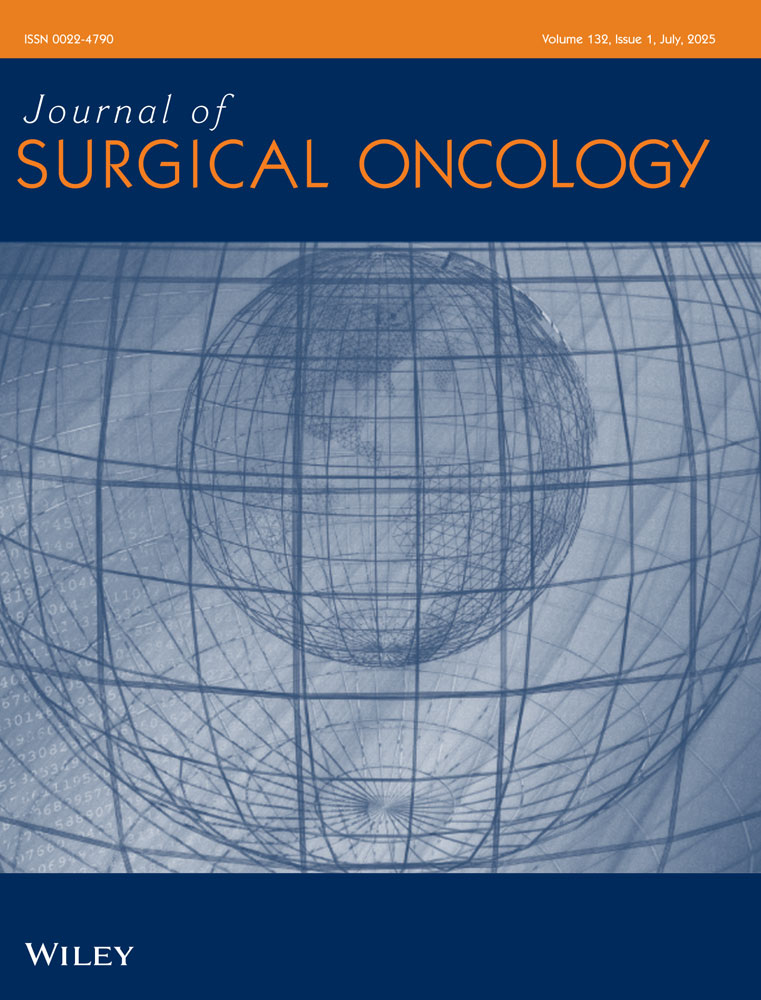ret/PTC expression may be associated with local invasion of thyroid papillary carcinoma
Abstract
Background and Objectives
The exact role of ret/PTC in the development of papillary carcinoma remains unclear. Expression of the ret/PTC oncogene was examined immunohistochemically to address its role in the progression of thyroid carcinomas.
Methods
Paraffin-embedded samples from 34 clinically evident thyroid papillary carcinomas and 19 occult papillary carcinomas were analyzed using an antibody raised against the ret tyrosine kinase domain.
Results
Expression of ret/PTC was demonstrated in 6/19 (32%) occult carcinomas. The frequency of expression of ret/PTC in clinically evident carcinomas in 16/34 (47%) was significantly higher than in normal tissues (0%) and follicular adenomas (1/14, 7%, P < 0.01). ret/PTC expression was observed more frequently in the peripheral areas of clinically evident carcinomas (P < 0.01). Although there was no correlation of ret/PTC expression with tumor size, lymph node metastasis, or distant metastasis, the incidence of ret/PTC expression in tumors with extrathyroidal invasion (13/19, 68%) was significantly higher than those without extrathyroidal invasion (3/15, 20%, P < 0.01). Local invasion was found in none of the occult carcinomas. The frequency of expression in occult carcinomas was significantly lower than in clinically evident carcinomas with extrathyroidal invasion (P < 0.05).
Conclusions
The ret/PTC oncogene may be involved in the local invasion of thyroid papillary carcinomas. J. Surg. Oncol. 1999;71:76–82. © 1999 Wiley-Liss, Inc.




